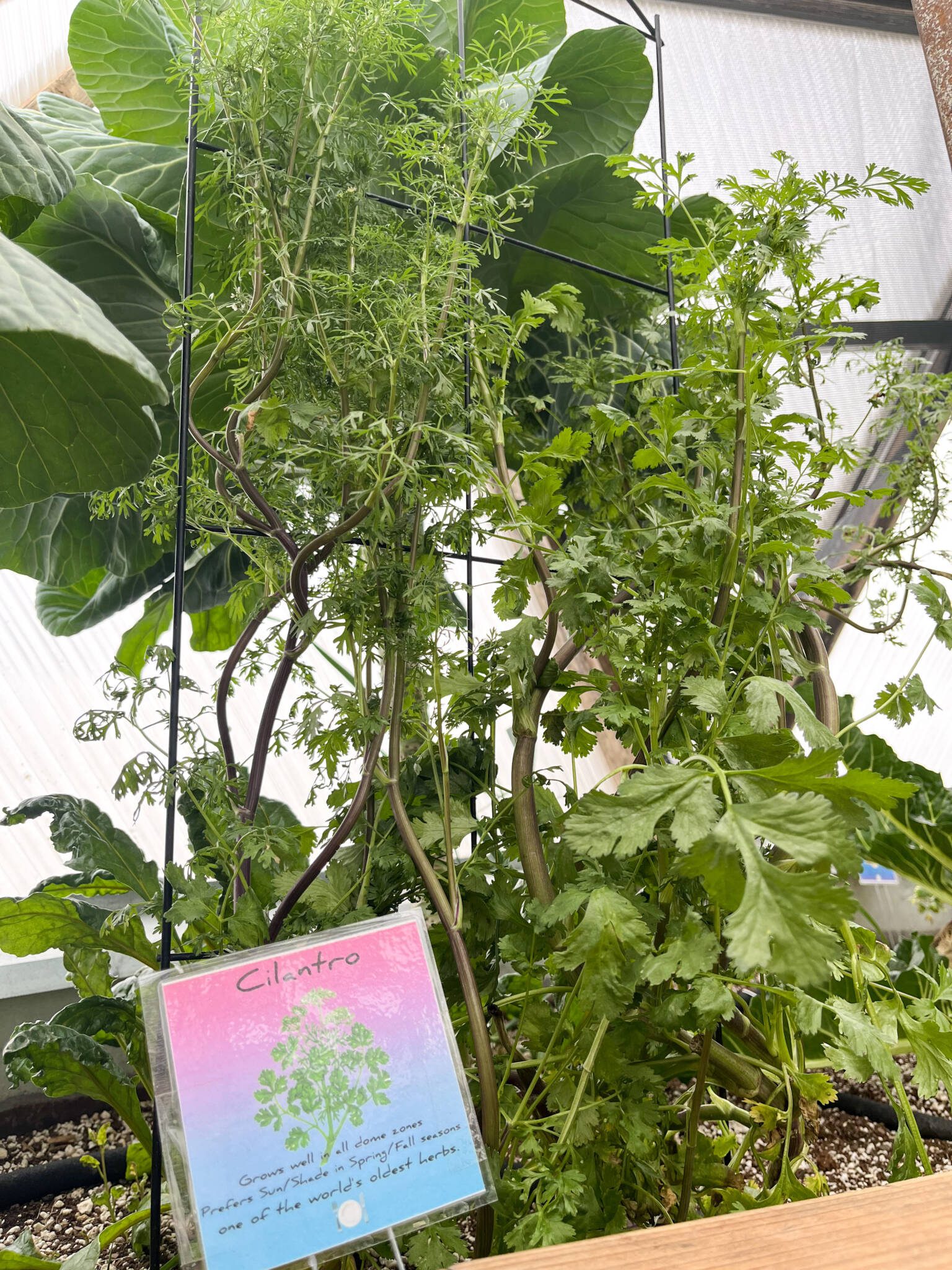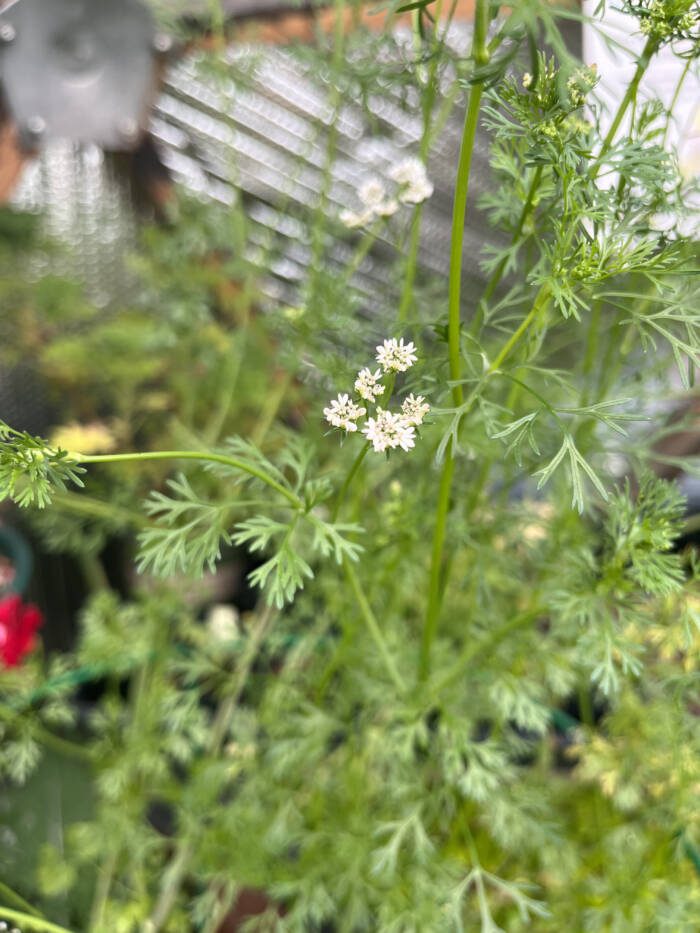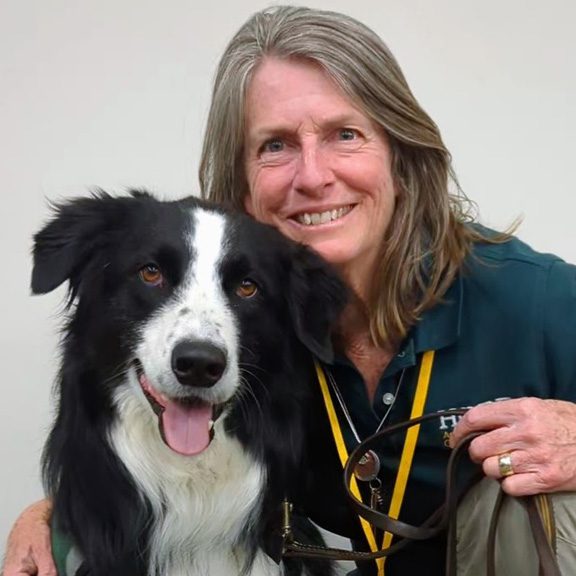
Featured Plant of the Month: Cilantro!
Cilantro, also known as coriander, (Coriandrum sativum) is a versatile herb that belongs to the Apiaceae family and is native to Asia, Europe, and Africa. The plant has an air of mystery around it, as cilantro refers to the leaves, while coriander refers to the seeds. With its fresh and citrusy flavor, cilantro is a popular ingredient in many dishes, from salsa to curry. And the good news is, growing cilantro is easy, especially when grown in a greenhouse.

Cilantro is at least 5,000 years old and seeds have actually been found in ancient tombs in Egypt. The Egyptians used cilantro as flavoring for bread by soaking it while the Greeks soaked their bread in sage. Cilantro was brought to America in the 1600s via Europe and is one of the most widely used herbs in the world. Cilantro is rich in vitamins and minerals such as vitamin A, vitamin K, iron, magnesium, and manganese.
Coriander seeds not only contain the essential oils Thymol and Carvacrol, but are rich in protein, fiber and fatty acids. They make a great, healthy snack and also help with digestion. Consider trying them as a snack or to flavor chilies and curries. You can also make coriander tea with the seeds; just boil them in water, strain and enjoy. There are even some studies that believe coriander tea is more powerful than green tea!
Growing Cilantro in a Greenhouse
Cilantro is a great herb to add to your greenhouse as it’s fairly easy to grow, and it’s a two-for-one plant! The leaves are used in many recipes and can be eaten fresh while the seeds (coriander), are a common cooking spice.
Plant seeds ¼” deep about 1-2” apart in light, well-drained soil with an acidic pH for the best growing conditions. Cilantro likes cooler weather (50-80 degrees), so it’s best to plant in early spring or fall. It will bolt when it gets too hot, so plant cilantro where it will get afternoon shade in your dome to keep it growing and happy. When your cilantro seedlings reach 5” tall thin them out so they have enough room to grow, as they can be 1-2 feet tall and 1-1.5 feet wide. Since cilantro grows quickly, you might be able to harvest the first leaves within 30 days, although the seeds will not be ready to harvest until around 90 days.
Cilantro Fun Facts
- Cilantro is known as fresh Coriander, Chinese parsley, Indian parsley and Sea parsley depending upon what country you’re in.
- Did you know there is a Kids Are Great Cooks website that offers free cooking lessons for kids? Do you love fresh salsa? Dip into the recipe here!
- To most people cilantro has a citrusy peppery taste, but to others it tastes like soap. (Perhaps they had their mouth washed out with cilantro as a youngster.) A study in 2012 found that some people have a smell reception gene that makes them more sensitive to the aldehydes in cilantro, so it’s genetic! If you think cilantro tastes like soap, try it in a recipe that calls for other strong or sweet ingredients, like smoothies or salsa.
- Cilantro has been touted as an aphrodisiac due to the essential oils geraniol and linalool, but this is a family friendly blog so you’ll have to do your own research! 🥰
- Did you know that cilantro is helpful with weight loss? This is because it contains the antioxidant ursolic acid which stimulates the body’s production of bile acids. This helps with weight loss by increasing fat breakdown as well as reducing food intake so throw some fresh cilantro in your salad! Cilantro has more than double the antioxidants found in most other vegetables.
Growing Cilantro Companion Plants
Companion planting is using the knowledge of which plants are beneficial to each other which will help your dome be more successful! As the Farmers’ Almanac says, it’s “Sow easy” because they can add nutrients to the soil, invite beneficial insects to your garden as well as chase away those pesky bugs. They also add beauty to your dome garden as many companion plants are flowers! Here are a few companion plants for your cilantro. The herbs dill, basil and parsley are great as they have similar water and light needs.
There are other herbs that are helpful to cilantro, but have different watering and space requirements so it’s better not to plant them too close. Those herbs are chives, thyme, tarragon and rosemary. Leafy greens such as spinach, cabbage, lettuce and kale benefit from cilantro’s umbrella shaped flowers that attract ladybugs and lacewings. Tomatoes and cilantro also thrive near each other as tomato plants provide the afternoon shade cilantro needs plus the shade helps lengthen cilantro’s growing season as it won’t bolt as easily! Legumes like sugar snap peas and green beans also shade and add much-needed nitrogen to the soil.

How to Harvest Cilantro
Cilantro may be harvested 3-4 weeks after planting as long as they have grown to at least 6” tall. Pinch back leaves from the upper stem and you will promote new growth as well as fuller plants. It’s best to only take a third of the leaves at a time.
You can store leaves in your refrigerator for a few days or freeze extra cilantro leaves that you plant to cook with. It is great in cilantro lime sauce. To harvest the seeds it will take a minimum of three months for the plant to flower. Leave the seed heads on the plant and when the seeds dry, shake them into a paper bag.
Another method is to cut the entire seed head off, place it in a paper bag and then store the bag in a dark, well-ventilated, cool area and let the seeds finish drying in the bag for an easier harvest. After your coriander seeds are dry, store them in an airtight container in a cool, dry area.
